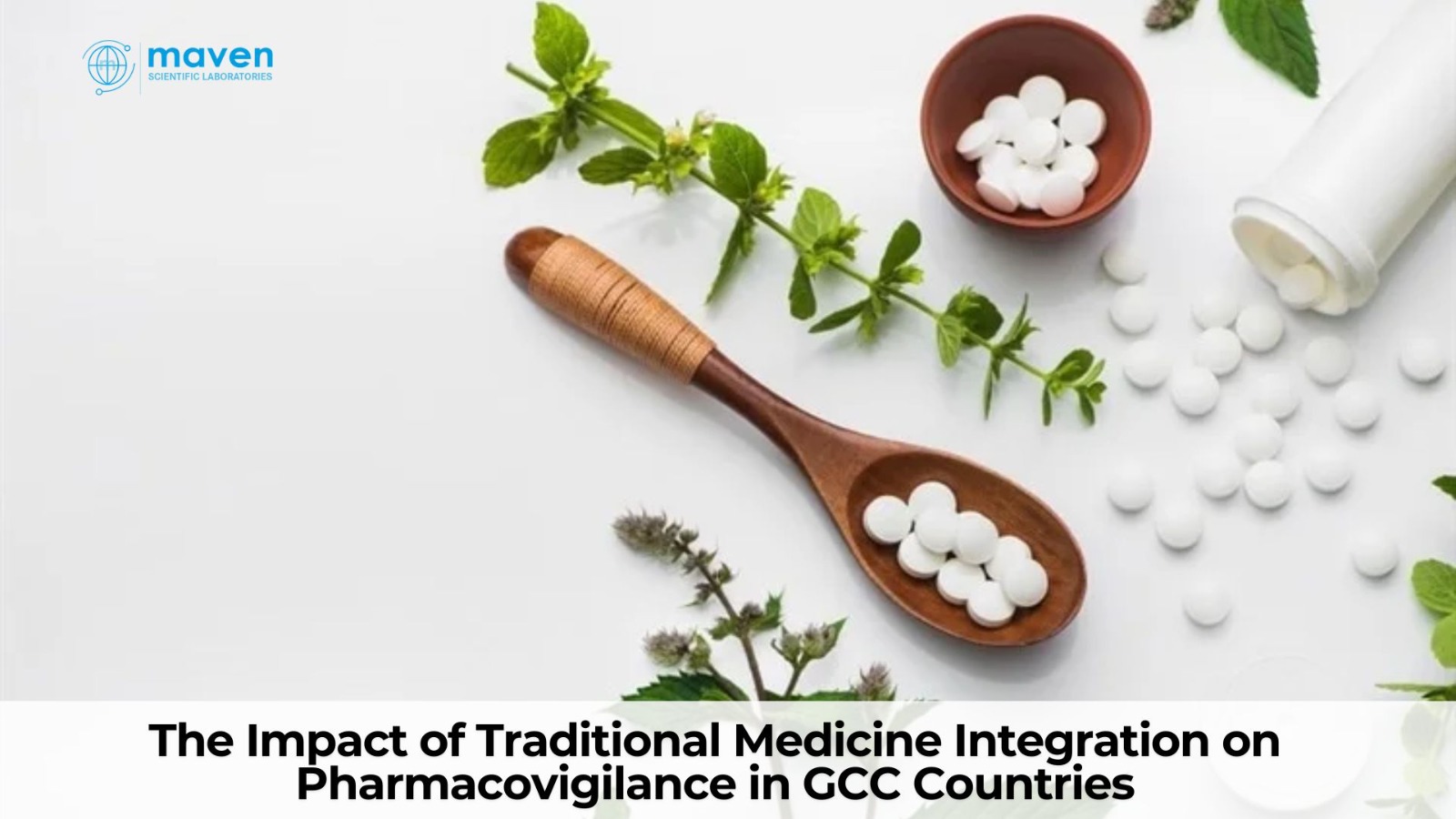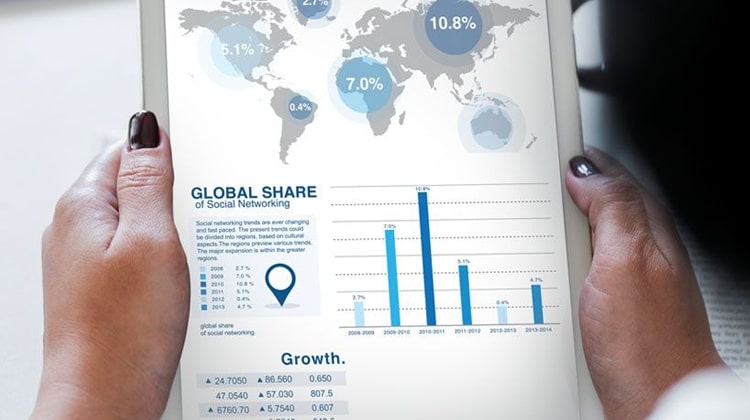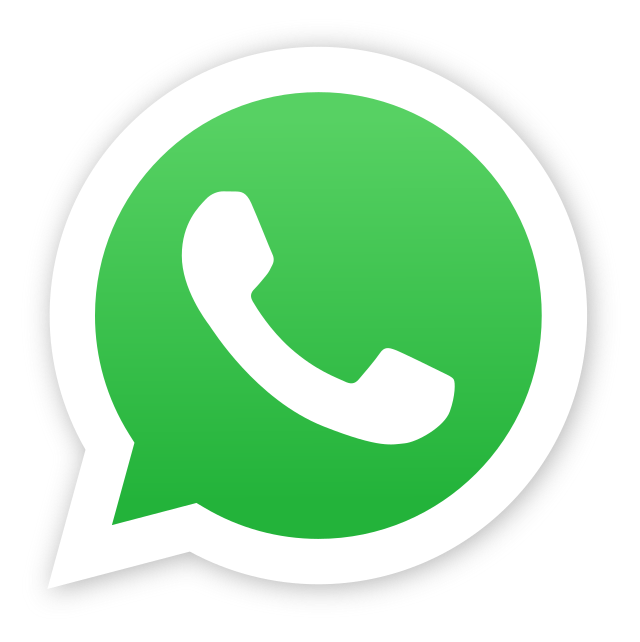
Why Pharmacovigilance Is Critical For Modern Healthcare
In an era of rapid drug development, ensuring patient safety is more important than ever. This is where pharmacovigilance (PV) steps in—working behind the scenes to keep medicines safe even after they’re approved.
What Is Pharmacovigilance?
Pharmacovigilance, or drug safety, is the science of monitoring, detecting, and preventing adverse effects of pharmaceutical products. Beyond identifying side effects, it involves analyzing data, managing risk, and guiding regulatory actions to protect public health.
Why It Matters
While clinical trials assess drug safety in controlled environments with limited participants, real-world use can reveal unexpected side effects. PV fills this gap by identifying rare or long-term reactions once the drug reaches larger populations.
Without effective pharmacovigilance systems, preventable harm could go unnoticed—endangering patients and eroding public trust in medicines.
Core Activities in Pharmacovigilance
- Adverse Event Reporting – Reports from healthcare professionals and patients feed global safety databases.
- Signal Detection – Analysts identify patterns or "signals" suggesting a new risk.
- Risk Management Plans (RMPs) – Manufacturers outline strategies to minimize potential harm.
- Regulatory Action – Based on findings, regulators may update warnings, impose restrictions, or withdraw drugs from the market.
Global Oversight
Pharmacovigilance is coordinated globally by key regulators including:
- WHO Uppsala Monitoring Centre (UMC)
- U.S. FDA
- European Medicines Agency (EMA)
- UK’s MHRA
These agencies collaborate with the pharmaceutical industry to maintain rigorous safety monitoring post-market.
Real-World Impact
High-profile examples like the withdrawal of Vioxx in 2004—after it was linked to heart risks—highlight how pharmacovigilance protects lives through early detection and decisive action.
Looking Ahead: The Role of Technology
The future of PV is being shaped by AI, big data, and electronic health records. These tools enable real-time monitoring, faster signal detection, and more effective global collaboration—making drug safety more proactive than ever.
Conclusion
Though it often operates behind the scenes, pharmacovigilance is a cornerstone of modern healthcare. By tracking medicine safety from lab to pharmacy shelf, it helps ensure that the benefits of treatment always outweigh the risks.







